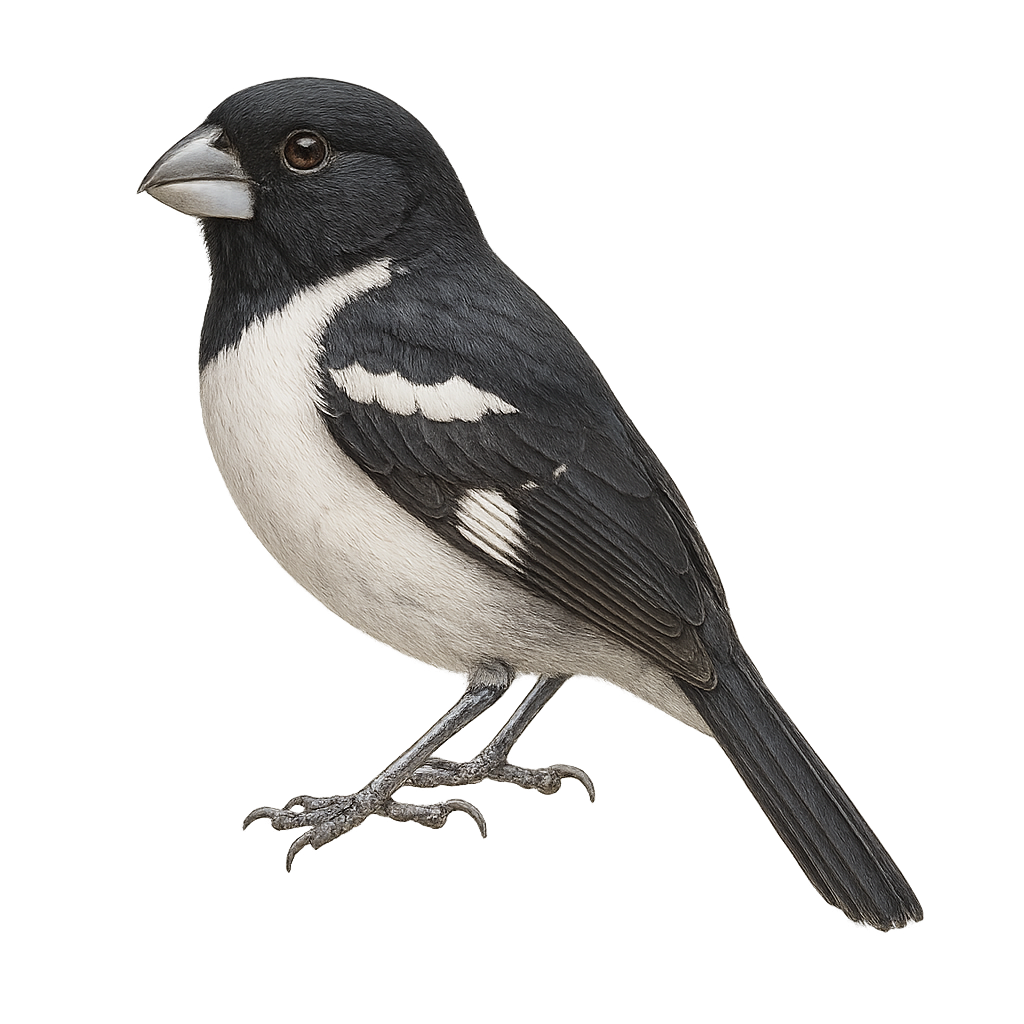Your wildlife photography guide.
Explore the wing-barred seedeater in detail, study its behavior, prepare your shots.
Where to observe and photograph the wing-barred seedeater in the wild
Learn where and when to spot the wing-barred seedeater in the wild, how to identify the species based on distinctive features, and what natural environments it inhabits. The WildlifePhotographer app offers tailored photography tips that reflect the wing-barred seedeater’s behavior, helping you capture better wildlife images. Explore the full species profile for key information including description, habitat, active periods, and approach techniques.
Wing-barred Seedeater
Scientific name: Sporophila americana

IUCN Status: Least Concern
Family: THRAUPIDAE
Group: Birds
Sensitivity to human approach: Suspicious
Minimum approach distance: 5 m
Courtship display: April to May
Incubation: 12-14 jours
Hatchings: April to June
Habitat:
Open forests, agricultural areas, savannas, marshes
Activity period :
Primarily active during the day, with peak activity in the morning and late afternoon.
Identification and description:
The Wing-barred Seedeater, or Sporophila americana, is a small passerine bird belonging to the Thraupidae family. It is primarily found in the Neotropical regions, especially in Central and South America. This bird is characterized by its subtle plumage, often grayish with lighter shades on the belly. Males sometimes display more pronounced patterns, including white wing bars. The Wing-barred Seedeater inhabits various environments, from open forests to agricultural areas, savannas, and marshes. It mainly feeds on seeds but can also consume insects. Its song is melodious yet discreet, often heard at dawn.
Recommended lens:
400 mm – adjust based on distance, desired framing (portrait or habitat), and approach conditions.
Photography tips:
To photograph the Wing-barred Seedeater, it is advisable to use a 400mm lens or longer to capture precise details without disturbing the bird. Look for open habitats like savannas or agricultural areas where they are often active. Morning is the best time to observe them, as they are more active and their song is more audible. Be patient and discreet, as these birds can be suspicious. Use a tripod to stabilize your camera and achieve sharp images, especially when working with long focal lengths.
The WildlifePhotographer App is coming soon!
Be the first to explore the best nature spots, track rutting seasons, log your observations, and observe more wildlife.
Already 1 439 wildlife lovers subscribed worldwide

